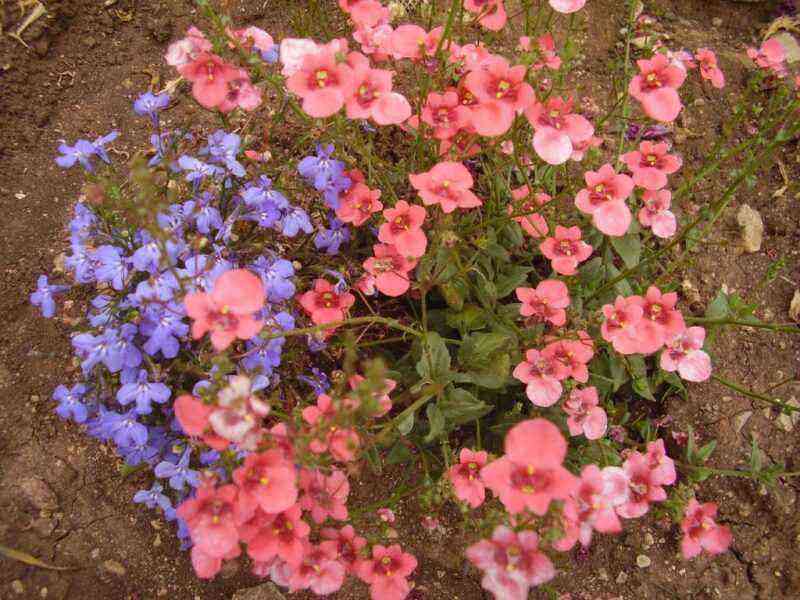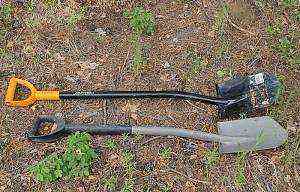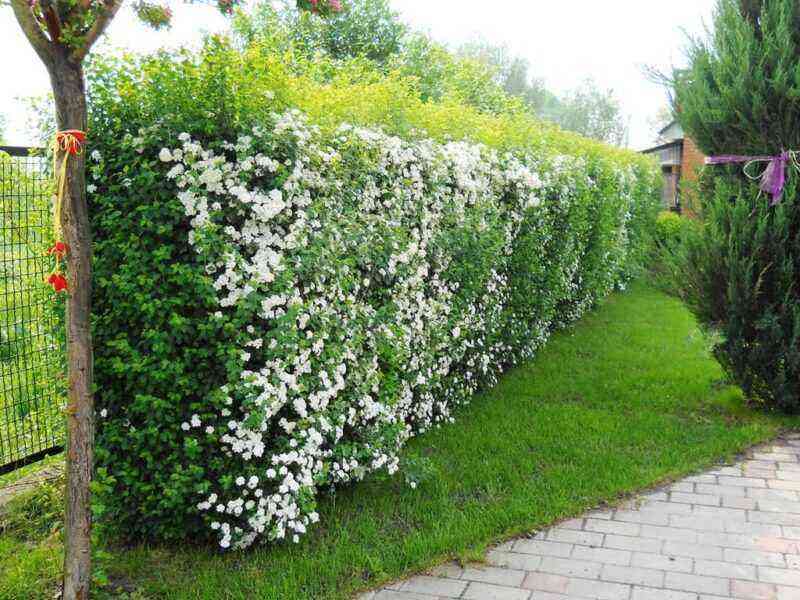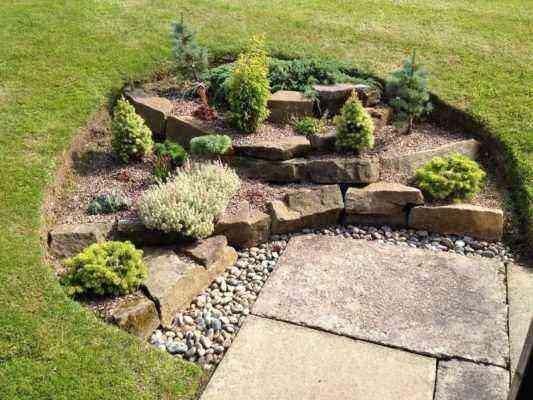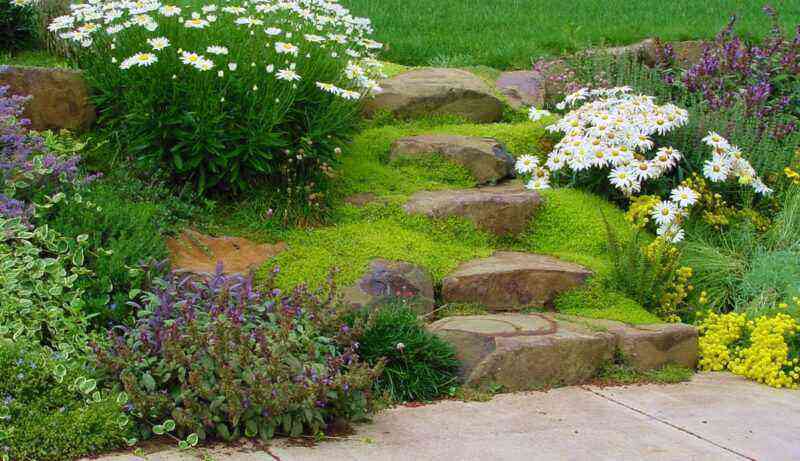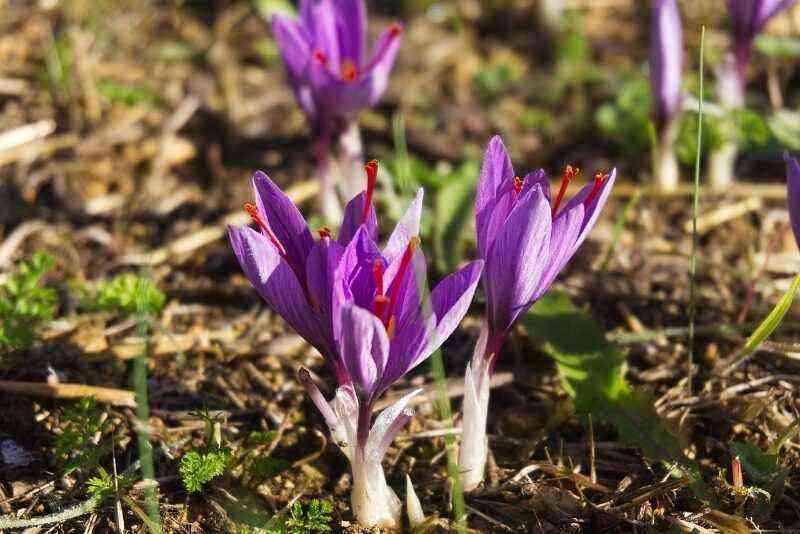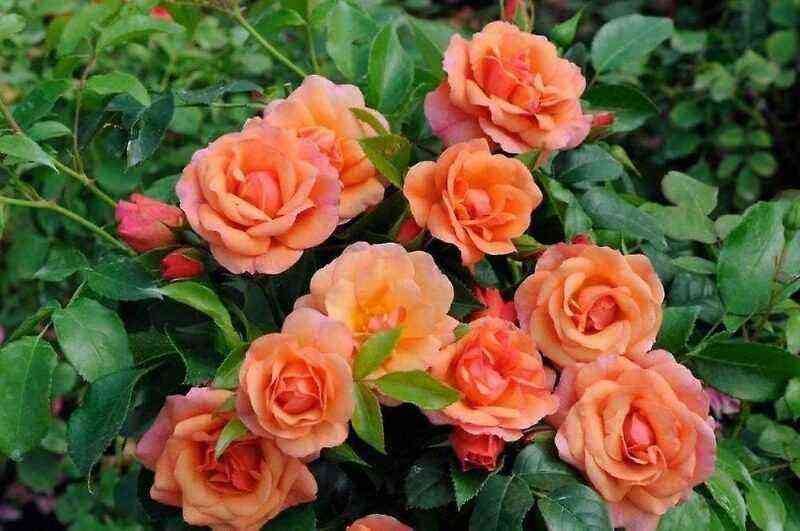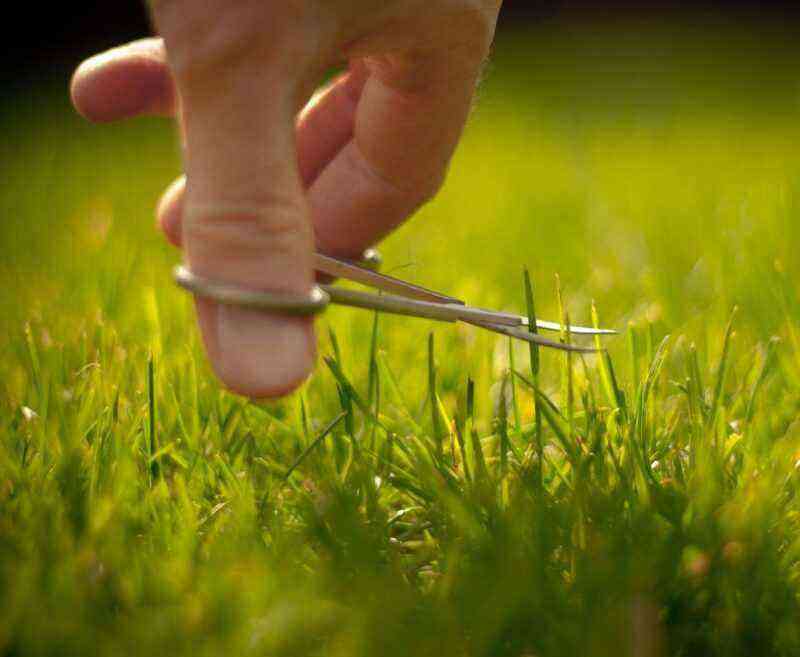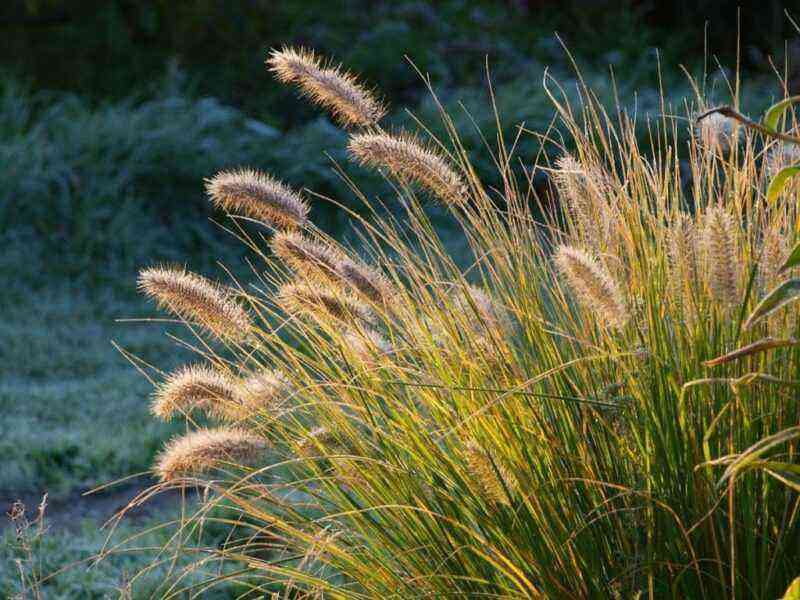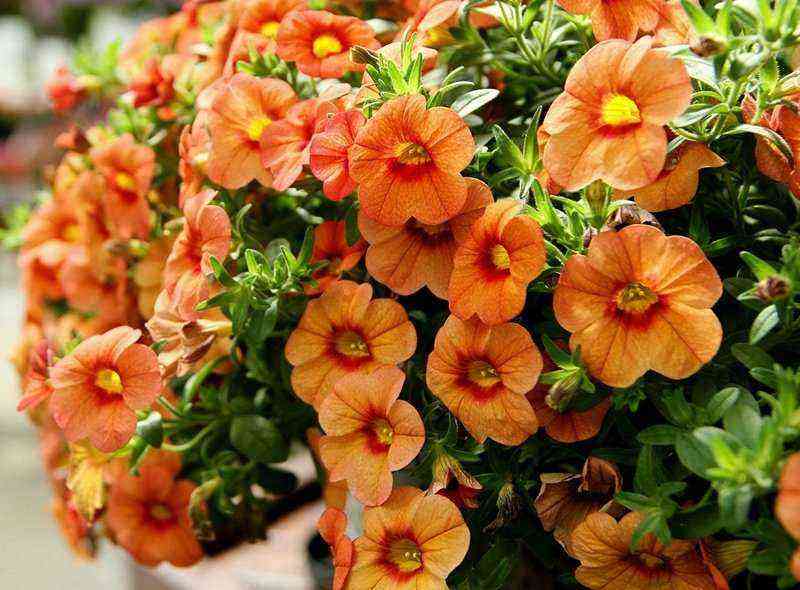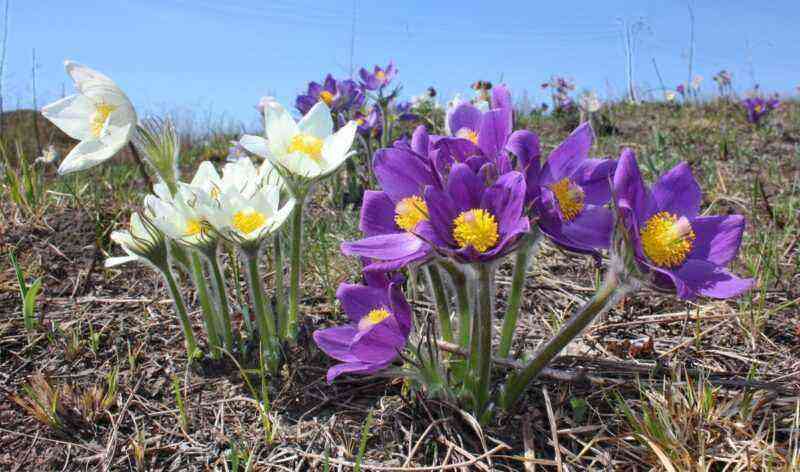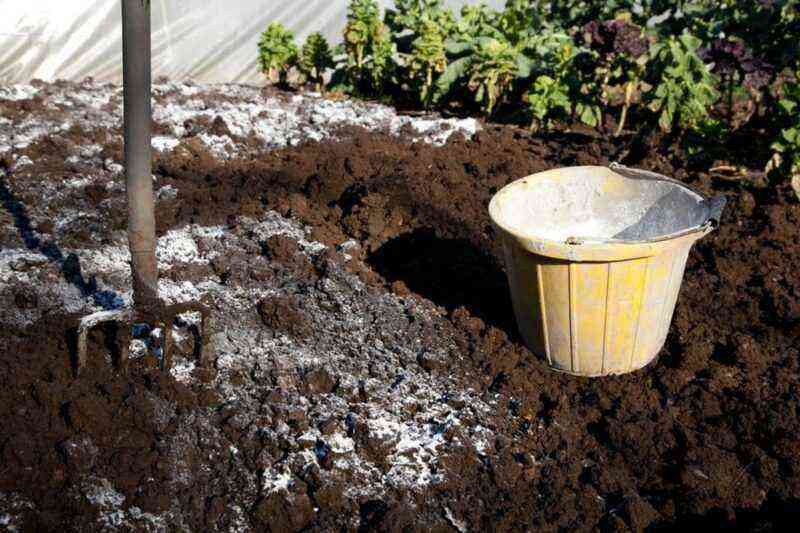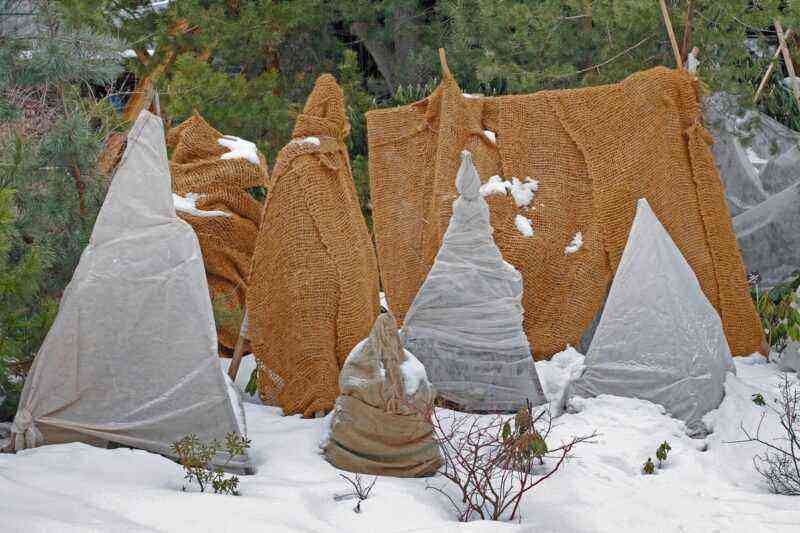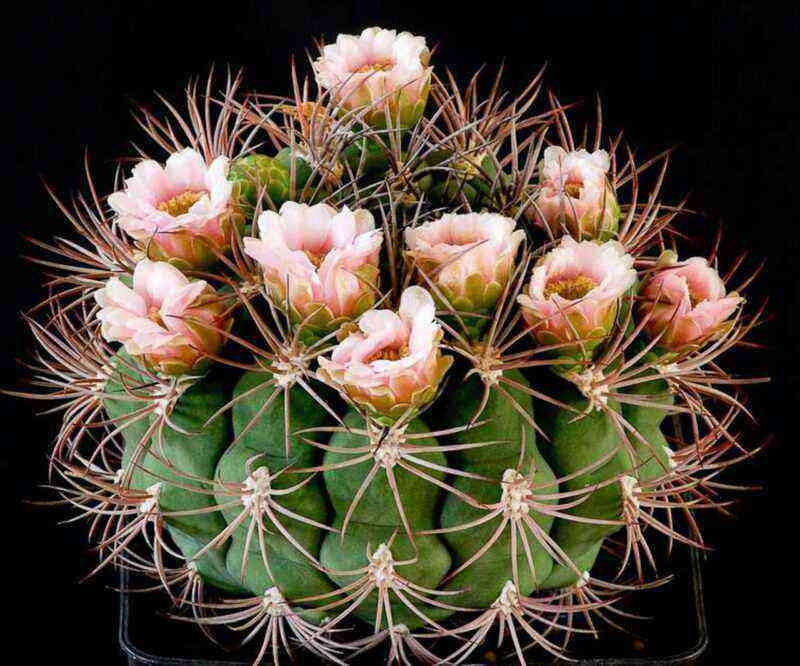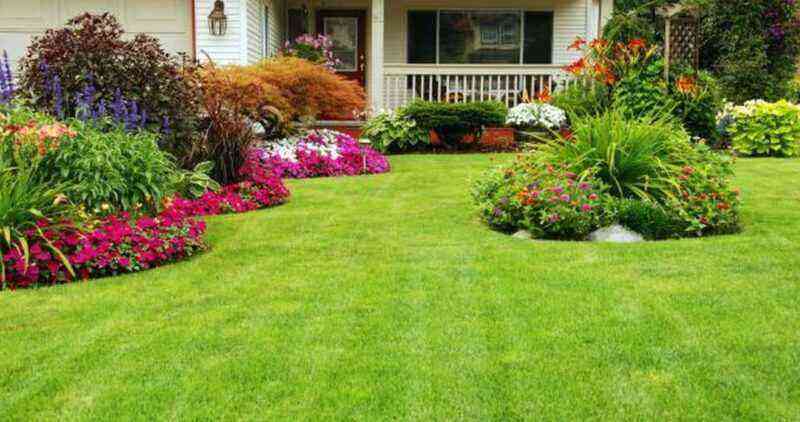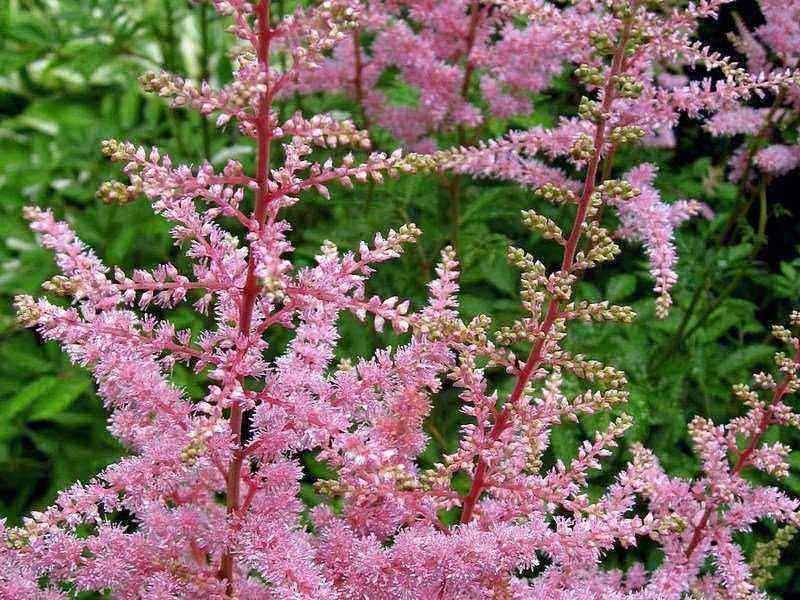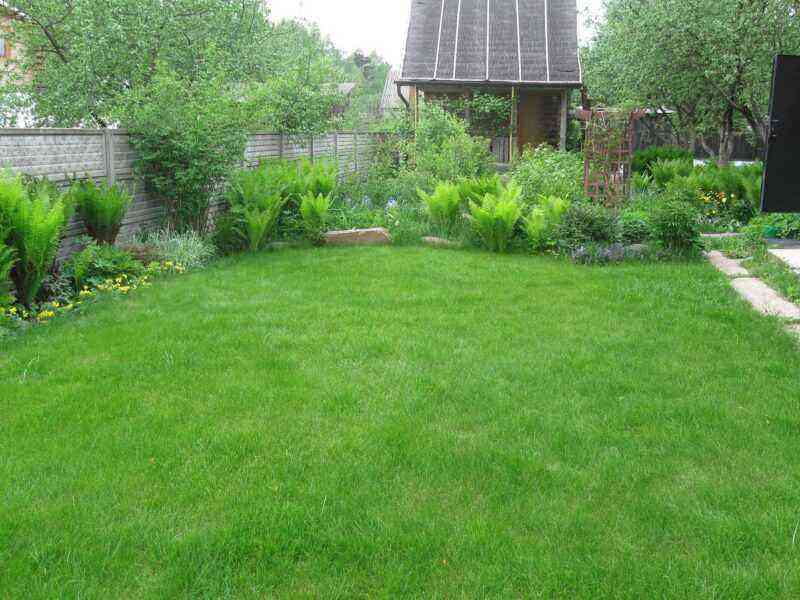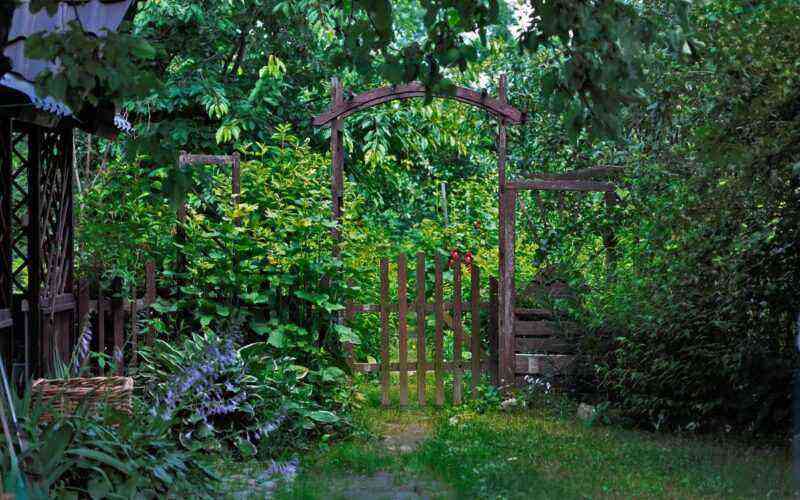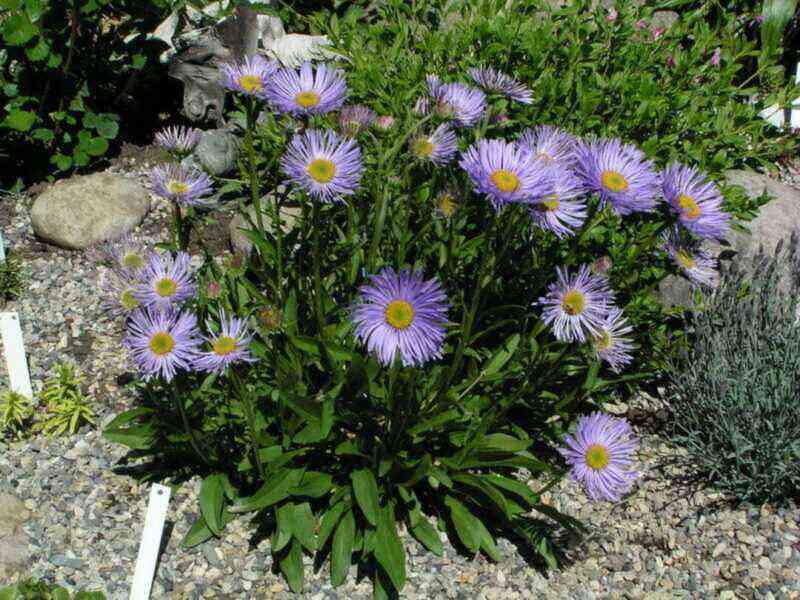If weeds were raging on the grown young lawn, it is time to declare immediate war on them. Otherwise, the fragile grass will be squeezed out by the more powerful root system of weeds, and when they enter the insemination phase, it will become much more difficult to remove them. Tune in that weed control on the lawn will become one of the points of constant lawn care, because dandelions, wheatgrass and other perennials can make their way through even a three-year sod.
According to the rules of agricultural technology, the first fight is given to weeds even when they are just beginning to prepare a site for creating a lawn. Those. the owner outlines the boundaries of the future lawn and from the heart sheds its surface with continuous herbicides that destroy all vegetation without exception. These drugs include Agrokiller, Tornado, etc.
A comparative review of weed control products will also be useful:
The effect of herbicides appears 5-7 days after spraying, and the plants gradually dry out. After 2 weeks, you can dig up the ground, select all the roots of weedy perennials and roll the site without sowing it. Then they wait for a fresh crop of weeds to rise on the finished field, spill it with the same herbicides and leave it alone for a month until the chemistry is completely decomposed.

During the preparation of the site for sowing lawn grasses, the land is treated with herbicides twice: before digging up and after the appearance of the first weeds
Sowing of herbs begins no earlier than a month after spilling with herbicides. Otherwise, the poison remaining in the ground can partially destroy the seeds.
As you can see, the preliminary struggle is stretched out in time, and it is better to start it either in the summer, and sow grass in the fall, or in August-September, leaving the lawn for the winter “under fallow”, and sowing in early spring. This method of processing perfectly burns out annual plants, which especially bother the lawn in the first year of life. But the roots of dandelion, wheatgrass, plantain can still be preserved in the soil even after such harsh chemical weeding.
You can learn how to choose the right grass for planting a lawn from the material:
If the preliminary treatment of the weeds was not carried out, then in the first season they will actively begin to win a place under the sun from thin shoots of grasses. Honestly, even after herbicides, harmful “neighbors” will still appear, but not in such quantities. Therefore, the struggle continues, but becomes more careful in order to preserve young greens.
Cosmetic haircuts: inhibit the growth of annuals
To destroy annual weeds on lawns, they try to mow them together with the grass before flowering. In this case, they will not have time to form seeds and scatter them over the site. The roots of annuals will not die out from cutting, but the plant will become weakened. Repeated and subsequent mowing will finally “finish off” the pests. They cut the lawn as it overgrows, but at least once every two weeks.
Advice! Try to carry out the first mowing only when the blades of grass rise to a height of about 7 cm, otherwise it will be difficult for them to recover.
Rake combing: eliminates creeping undersized weeds
In addition to annuals, there are creeping plants that do not fall under the cutting height and calmly develop further. This includes woodlice, bindweed, etc. They are fought with by combing the lawn with a rake. When mowing with the trimmers, you still have to scoop up the remaining grass on the lawn, but you do not need to collect anything behind the lawn mowers. Therefore, the owners specially comb the lawn in order to undermine the roots of creepers and to remove the felt that accumulates near the roots of the grass. Felt is formed by dried blades of grass. If left untouched, the quality of the lawn will deteriorate and bald spots may form.
Inventory and devices for the war with perennials
The most terrible enemy of the lawn is perennials with powerful rhizomes: sow-thistle, dandelion, plantain, etc. You cannot take them with braids and mowers, because dormant buds will instantly wake up on the roots, which will grow an even more powerful plant. This type of weed is removed only by hand in the first year of the lawn’s life. Moreover, it is necessary to remove it so that the entire root is stretched out. The slightest residue will form a new weed.

If there has been no rain for a long time, then pulling out perennial weeds with your hands is useless: some of the roots will still remain in the soil
If you carry out the whole procedure with your own hands, then the only convenient time is after prolonged rains. The soil should be so wet that the roots simply slip out of it. But it happens that the weather did not provide you with such an opportunity, and time does not stand. In this case, use garden tools designed to dig up these weeds. There are several options available.
Weed extractor. Developed by the German company GARDENA specifically for gardeners who, for health reasons, cannot weed bent. Has a length of 110 cm so that you can remove weeds while standing. The principle of operation: you insert with a tip into the center of the weed, scroll and pull along with the plant. The device is expensive, but experienced gardeners claim that it pays off.

The principle of operation of the weed extractor is simple: you insert the pin into the ground with force, rotate it 180 degrees and take out the plant along with root
A shovel for eliminating rhizome weeds (the second name is a root remover). It is similar in shape to a child’s shoulder blade, only the working part is narrow and elongated up to 30 cm. The metal is bent at an angle to cover the weed from different sides. It enters deep into the soil, lifting the plant along with the roots, but to drive the tool into a perennial lawn, you will have to exert considerable force. Such a tool is produced by both GARDENA and the Russian brand Sibrtech.
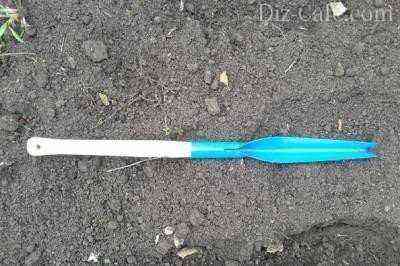
The root remover easily enters the soft soil of a young lawn, but it must be driven with effort into the tightly interwoven turf
If you do not have enough funds for such a purchase, take a metal corner half a meter long or more, sharpen its edge at an angle and weld the handle on top so that you can grab it with both hands (it resembles a sword in shape). You can drive this corner to a sufficient depth and pry even huge horseradish roots. True, you have to bend down to stretch the plant.
The material on lawn care technology will also be useful:
Using any of the above tools will leave an empty soil pit on your lawn after weed has been removed. It must be trampled down immediately, and if the diameter is large, then sow the grass, otherwise the wind will cause new weeds.
Don’t expect your lawn grass to get rid of the weeds in a year. With all your efforts, the seeds will still germinate, because there are billions of them in the soil. Therefore, even on a dense rooted lawn, “enemies” periodically appear. If the lawn is already a year old or more, go to chemical attacks with selective herbicides. The most popular is the Lontrel Zood, created specifically for the treatment of strawberry plantations and lawns. It destroys all vegetation on the lawn, except for grasses. Especially good against dandelions. The sites are processed a week after mowing.
If perennials are not scattered all over the site, but only in certain places, then “acupuncture” can be applied. For this, a conventional medical syringe is used, into which a ready-made herbicide solution is poured. Insert the tip into the center of the weed and release the poison directly into the stem and root of the root. This method will allow not to overload cereals with chemistry, and the dandelion, which was “inoculated”, will gradually dry out and disappear. At the same time, an empty space will not appear on the lawn, which will have to be sown.
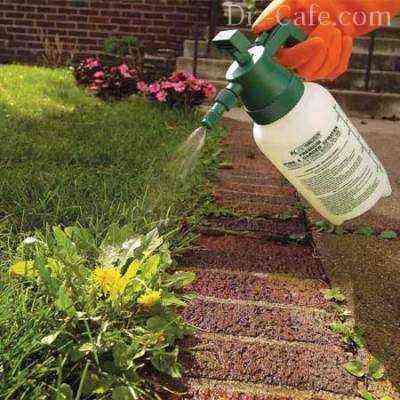
Herbicides are sprayed not over the entire lawn area, but locally, in places where weeds accumulate, so as not to once again poison the cereals with chemistry
If mosses and lichens became the problem of the lawn, then their appearance was provoked by poor care and waterlogging of the soil. Try to improve the aeration first by piercing the turf with garden species or special foot aerators. Feed the grass and produce it. And if that doesn’t work, you’ll have to think about drainage ditches from the edges of your lawn.
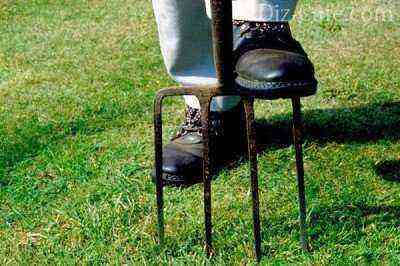
Often mosses and lichens disappear from the lawn after you establish constant aeration by piercing the turf with a garden pitchfork once a week.
Often, mosses attack a lawn located in a shady place. If the trees are shading, try pruning them slightly and thinning the branches. And to make your lawn even more beneficial from weed control, make a liquid fertilizer out of them and periodically feed the grass.


